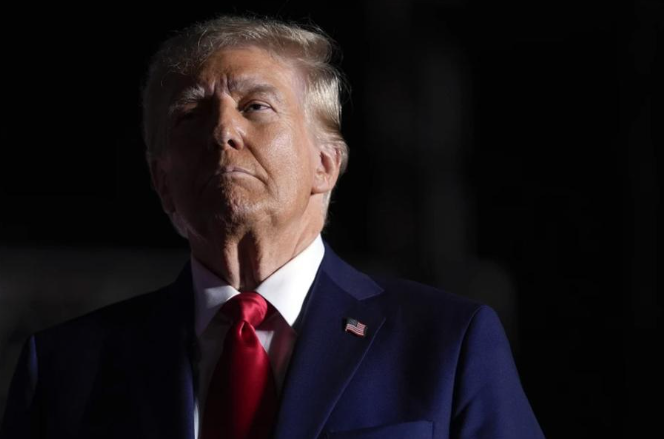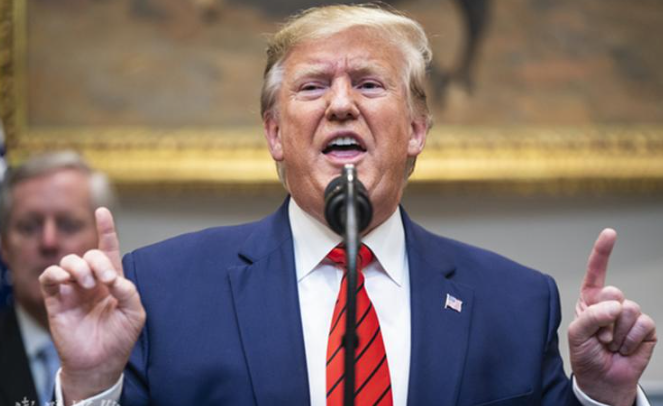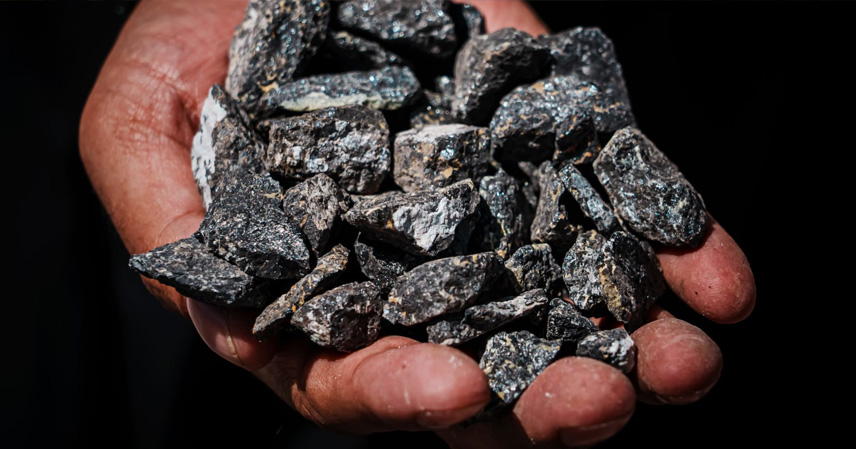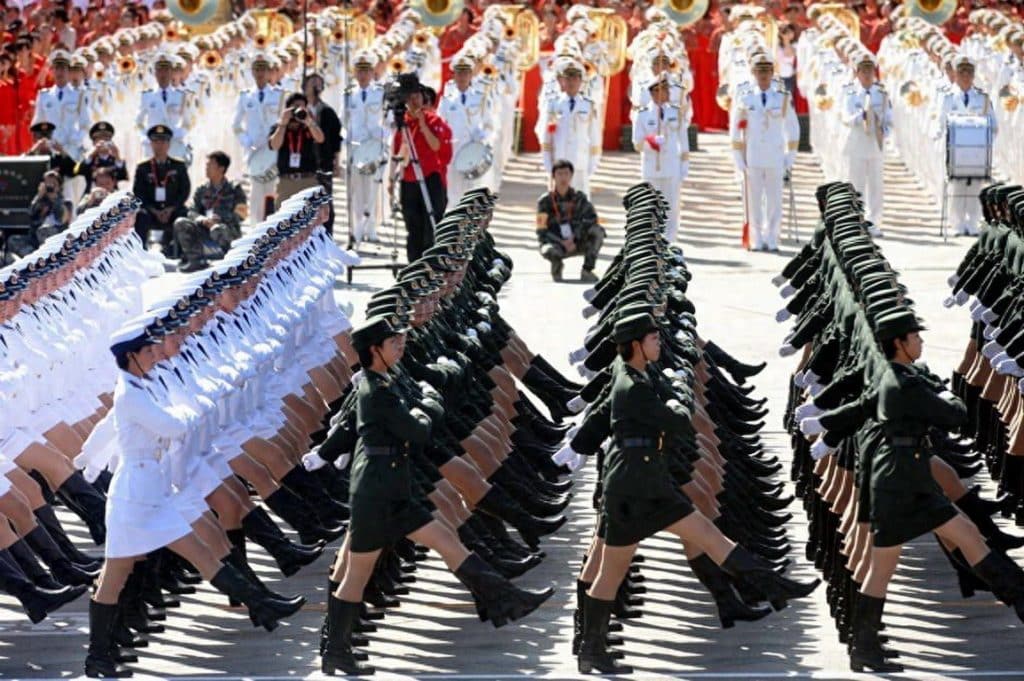In recent years, U.S.-China relations have resembled a tightly strung bowstring, with neither side willing to give way. By 2025, however, China clearly changed its approach—not merely defending, but taking the initiative, especially in response to the Trump administration’s hardline stance.
Three signals have emerged in quick succession, signaling a decisive stance: no more trade concessions, proactive technological decoupling, and strategic management of key resources. In short, China is no longer willing to play the passive role in its interactions with the United States.
The Road to 2025
The friction between the two countries is not new. It began intensively during Trump’s first term in 2018, when trade tensions escalated quickly. At that time, many hoped the disputes were temporary, expecting a return to normalcy. Instead, conflicts intensified, gradually evolving into overt confrontation.

With Trump returning to office in 2025, his first move was to wield his “favorite weapon”—tariffs. American goods ranging from agriculture to technology and manufacturing faced escalating duties, threatening to sever the trade bridge between China and the U.S.
This time, China did not respond passively. The Ministry of Commerce implemented counter-tariffs on U.S. agricultural and energy products, hitting key American exports such as soybeans and corn. The impact was immediate: U.S. Midwestern farmers faced difficulties, and American media widely reported on the consequences.
Strategic Retaliation, Carefully Calculated
China’s response was not impulsive—it was strategically calculated. During mid-2024 trade consultations, the Chinese Ministry of Foreign Affairs stated explicitly: “We will not accept any non-equitable arrangements.” In other words, if the trade war continues, China would retaliate, but would not concede first.
Trump, despite his rhetoric, understood the economic costs to the U.S. Farmers and corporations expressed frustration, and even Wall Street questioned his policies. Nevertheless, political considerations and personal image led him to maintain a hardline stance, deepening the confrontation.

Decoupling and Technological Independence
Trade tensions are the visible layer; technological and supply chain decoupling is a deeper front. From 2025 onward, the Trump administration increasingly targeted Chinese tech firms in areas such as semiconductors, EDA software, and artificial intelligence, imposing export controls and blacklists.
China’s response was proactive: reducing dependence on U.S. technology and addressing bottlenecks. For example, at the 2025 “Baychip Expo,” domestic EDA software made a significant debut. While not fully replacing U.S. products yet, this marked a tangible step toward technological independence.
Meanwhile, China’s export share to the U.S. has steadily decreased, from 19.2% in 2018 to 14.7% in 2023, while exports to Europe, Russia, and Southeast Asia have grown. This diversification demonstrates a strategic “vote with the feet” approach, reducing reliance on a single market.
The rare earth card has also been deployed strategically. Adjustments to export policies, framed as environmental and sustainability measures, sent a clear signal: resources are not to be taken for granted. While the U.S. could produce rare earths domestically, high costs, environmental issues, and unstable output make it challenging. China’s measured control ensures leverage without reckless escalation.

Why China’s Stance Changed
Why the sudden shift? Calm and restraint do not equal weakness, and past strategies aimed to stabilize the larger picture. With the U.S. repeatedly disrupting the balance, China saw no reason to continue unilateral concessions.
China’s confidence stems from real capabilities: according to World Bank data in 2024, China’s manufacturing share is steadily increasing, especially in high-end equipment, renewable energy, and digital economy sectors, with global leadership emerging.
Public sentiment also supports decisive action. A 2024 CCTV survey found over 70% of respondents supported strong countermeasures against the U.S.
Meanwhile, Trump’s domestic support is uneven. While some constituencies back him, affected farmers and manufacturers express growing discontent. In contrast, China’s policies are stable, strategic, and implemented step by step, reflecting long-term planning rather than reactive emotion.
A Prepared Player in a Long-Term Game
China now acts as a proactive participant rather than a passive defender. From trade to technology, from resources to supply chains, China’s response speed, strategic tools, and confidence have all increased.
These three signals—firm trade stance, technological decoupling, and strategic resource management—send a clear message to the world:
- We do not provoke, but we will defend our interests.
- Cooperation is welcome; confrontation will be met with effective measures.
U.S.-China relations are no longer about immediate victories. The real test is long-term strategic composure and the ability to win hearts and the future. China is ready, and it will not yield easily.
References
- Chinese Ministry of Commerce, 2024–2025 Reports
- World Bank, Global Manufacturing Data, 2024
- CCTV, Public Opinion Survey, 2024



